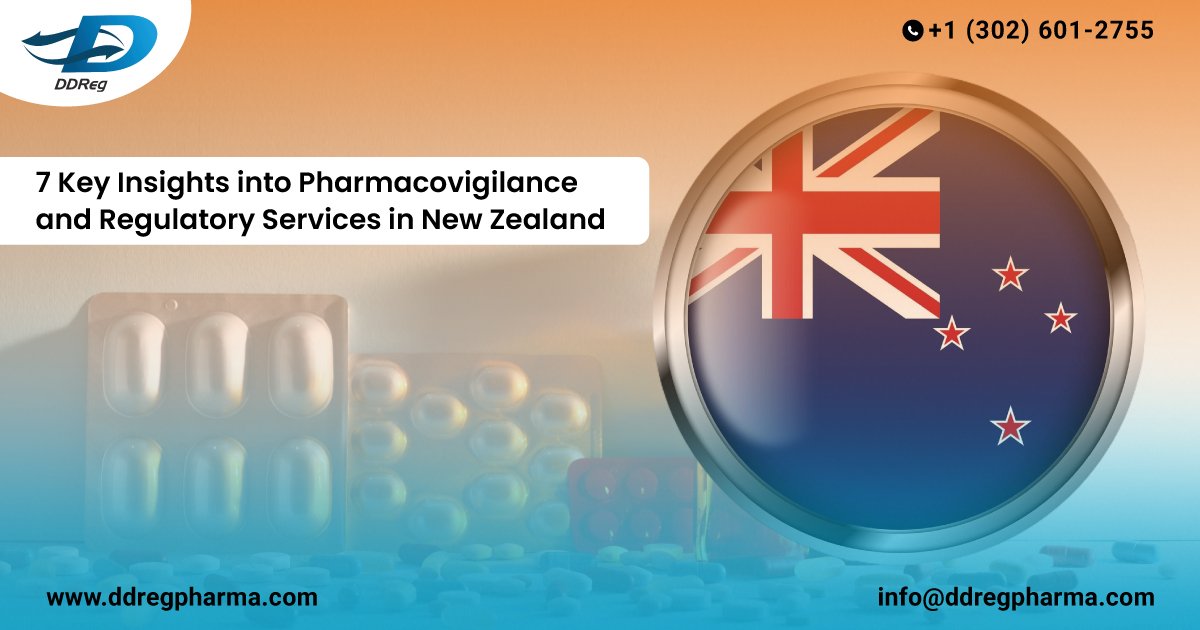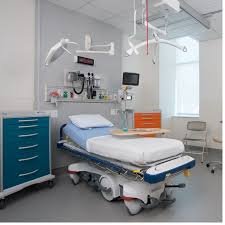New Zealand, with its robust healthcare system and stringent regulatory framework, is a prime example of how pharmacovigilance and regulatory services work cohesively to ensure the safety of medicines and medical devices. In this blog, we delve into the importance, processes, and key players in pharmacovigilance and regulatory services in New Zealand.
What is Pharmacovigilance?
Pharmacovigilance refers to the science and activities related to the detection, assessment, understanding, and prevention of adverse effects or any other drug-related problems. Its primary aim is to ensure the safety and well-being of patients by continuously monitoring and evaluating the risk-benefit profile of medicines.
In New Zealand, pharmacovigilance plays a critical role in post-market surveillance, identifying potential risks associated with medicines and ensuring their safe use.
Regulatory Framework in New Zealand
The regulatory oversight of medicines and medical devices in New Zealand is governed by Medsafe, a business unit of the Ministry of Health. Medsafe’s responsibilities include:
- Approving new medicines and devices: Ensuring that they meet safety, efficacy, and quality standards.
- Post-market monitoring: Overseeing the safety of products already on the market through adverse event reporting and risk management.
- Compliance and enforcement: Ensuring manufacturers and distributors comply with the Medicines Act 1981 and its regulations.
The Role of Medsafe in Pharmacovigilance
Medsafe collaborates with healthcare providers, pharmaceutical companies, and the public to collect and analyze adverse event reports. These efforts are supported by systems such as the Centre for Adverse Reactions Monitoring (CARM), which manages New Zealand’s pharmacovigilance database. Key activities include:
- Adverse Event Reporting: Healthcare professionals and patients can report suspected adverse drug reactions (ADRs) via CARM. This data helps identify trends and emerging safety concerns.
- Signal Detection and Analysis: By analyzing the data, Medsafe identifies signals that might indicate new risks associated with medicines.
- Risk Communication: When necessary, Medsafe issues safety updates, recalls, or changes to product labeling to mitigate identified risks.
Why Pharmacovigilance is Crucial
- Patient Safety: Monitoring ADRs ensures that medicines remain safe and effective throughout their lifecycle.
- Regulatory Compliance: Companies marketing medicines in New Zealand must maintain rigorous pharmacovigilance services in New Zealand to meet Medsafe’s standards.
- Public Confidence: Transparent reporting and swift action on safety concerns build public trust in the healthcare system.
Regulatory Services: A Gateway to Market Entry
For pharmaceutical companies, navigating New Zealand’s regulatory landscape is essential to bring products to market. Regulatory services in New Zealand encompass:
- Product Registration: Preparing and submitting dossiers for Medsafe approval.
- Labeling and Packaging Compliance: Ensuring adherence to local requirements.
- Ongoing Compliance: Maintaining up-to-date records, submitting periodic safety updates, and adhering to Good Manufacturing Practice (GMP) standards.
Challenges in Pharmacovigilance and Regulatory Compliance
- Evolving Regulations: Keeping pace with changes in legislation and global standards can be challenging for companies.
- Data Management: Handling large volumes of adverse event data requires robust systems and expertise.
- Global Alignment: Companies must align local pharmacovigilance efforts with international standards such as those of the International Council for Harmonisation (ICH).
Opportunities for Growth
- Technology Integration: Leveraging artificial intelligence and machine learning to enhance signal detection and analysis.
- Collaboration: Strengthening partnerships between Medsafe, healthcare providers, and pharmaceutical companies.
- Patient Involvement: Encouraging patients to actively participate in reporting adverse events and contributing to safety efforts.
Conclusion
Pharmacovigilance services are integral to maintaining a safe and effective healthcare system in New Zealand. For pharmaceutical companies, understanding and complying with Medsafe’s requirements is not just a regulatory obligation but a commitment to patient safety and public health. As the landscape evolves, embracing innovation and fostering collaboration will be key to navigating challenges and ensuring continued success in safeguarding medicines and medical devices.
Whether you’re a healthcare provider, pharmaceutical company, or patient, staying informed about pharmacovigilance and regulatory practices is essential. https://empireadda.com/ Together, we can contribute to a safer and healthier New Zealand.



